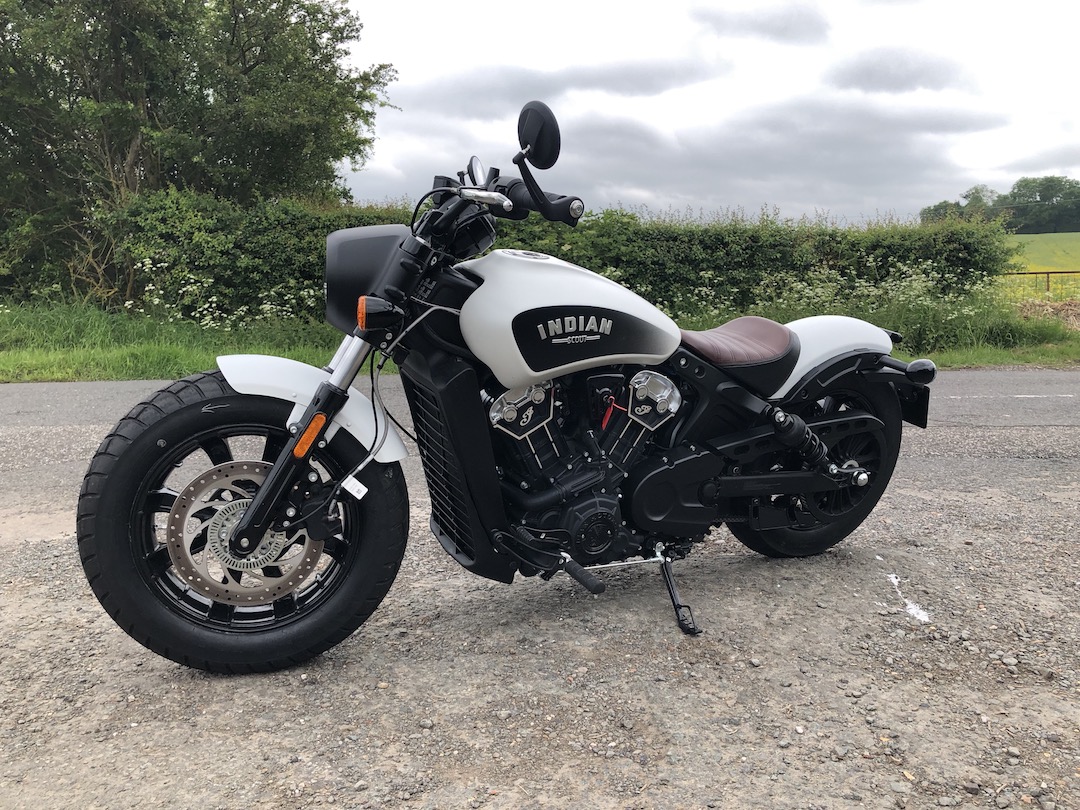"Fifty years ago, 68-year-old Burt Munro broke the under-1000cc land-speed record riding his "Munro Special," a 1920 Indian Scout he modified as part of his dream to run at the Bonneville Salt Flats. Burt's pursuit of the world record was "

Indian Scout Bobber
The Indian Scout Bobber is certainly out front in the retro bike pack.
Indian Motorcycles are a legend amongst the biking fraternity and held in high esteem. The modern motorcycles they are now producing maintain the history of the company and have become as desirable as their predecessors.
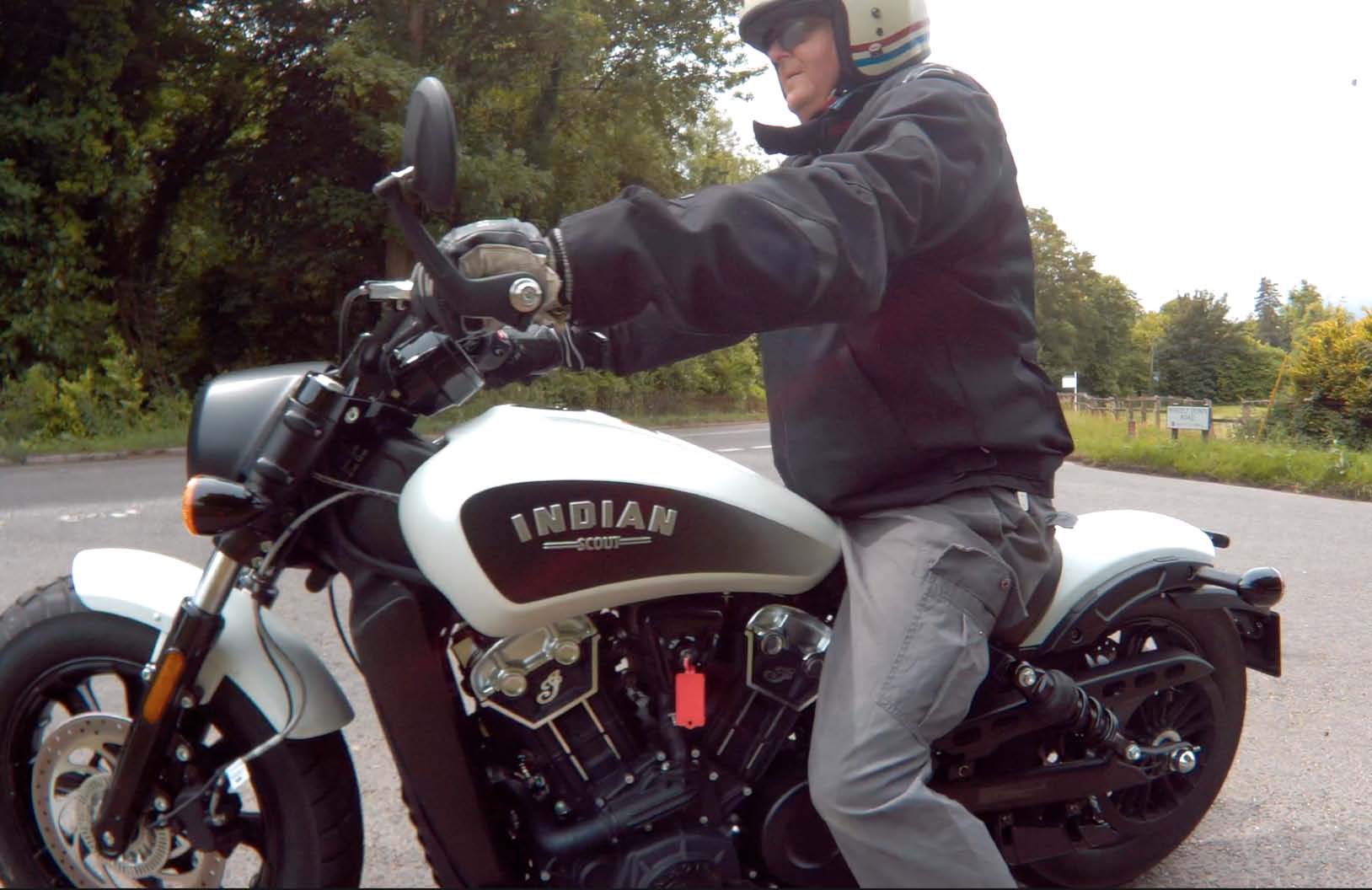
Before I talk about the bike, let me tell you a bit about Indian Motorcycles. In 1897, George M. Hendee founded a bicycle production company called the Hendee Manufacturing Company. The bicycles carried brand names such as Silver King, Silver Queen, and American Indian, which was shortened to simply “Indian” and became Hendee’s primary brand name.
Thus Becoming America’s First Motorcycle Company.
In 1901, bicycle manufacturer, racing promoter, and former bicycle racing champion George Hendee hired Oscar Hedstrom to build gasoline engine- powered bikes to pace bicycle races. The machine he created proved to be powerful and reliable, establishing the company’s reputation for outstanding performance. Later that year the company’s first factory was established in downtown Springfield.
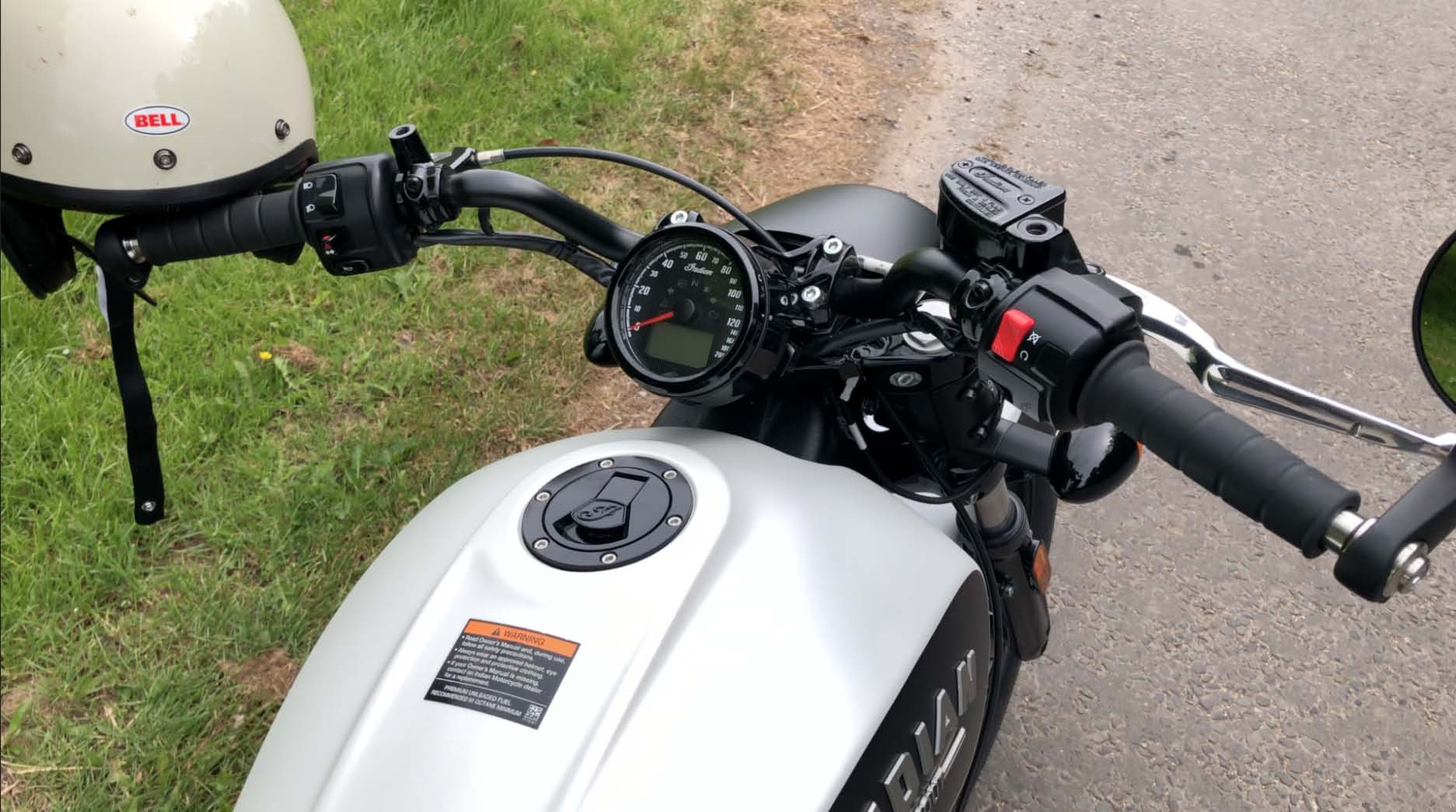
The first Indian Motorcycle was sold to a retail customer in 1902, and later that year an Indian Motorcycle won an endurance race from Boston to New York City in its public racing debut. Racers went on to win events and establish records riding Indian motorcycles:
Through the companies long history, it has had ups and downs, with this current era being very much, a high. Sales are increasing globally and now the company are increasing their range and production to meet demand.
The Scout Bobber has the classic look of a 1930s bike with beautiful lines and detailing, yet it houses the most up to date technology you could want. It does avoid digital displays which would be totally out of character but still provides all the information a rider wants. This is contained in the simple designed, large round clock style speedometer.
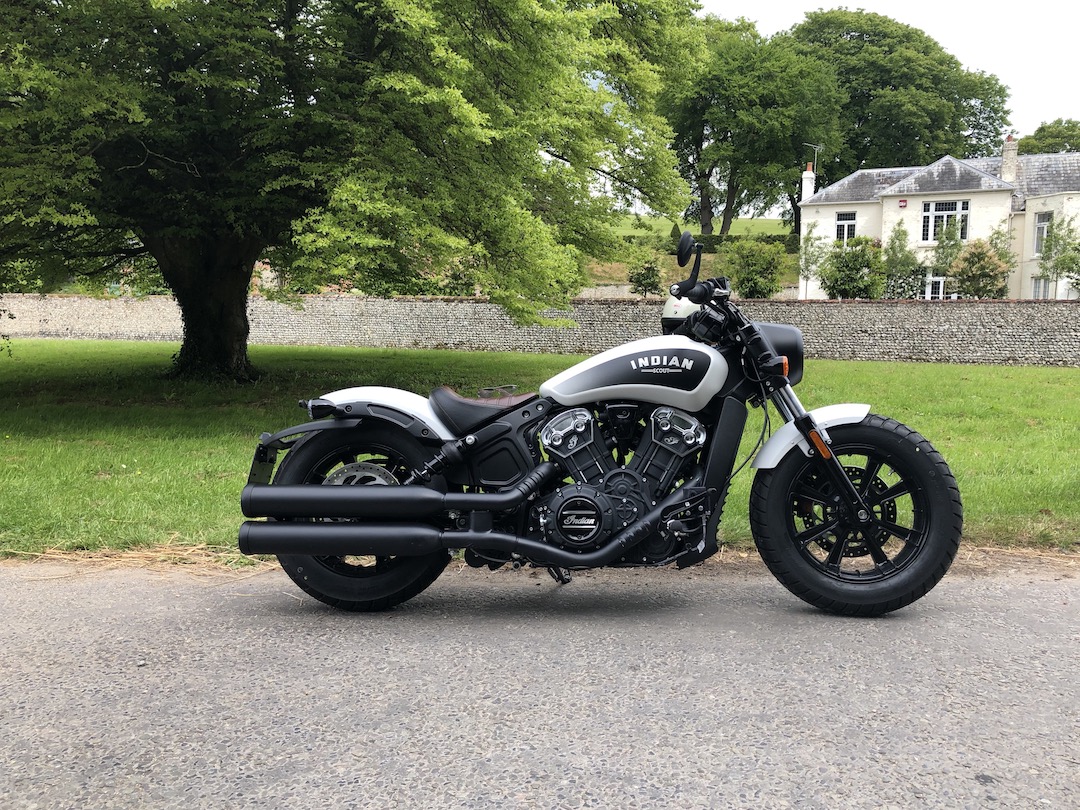
So what is a Bobber? I hear you ask.
Bobber. … A bobber originally called a ‘bob-job’ from the 1930s through 1990s, is a style of custom motorcycle. The typical construction includes stripping excess bodywork from a motorcycle; removing the front fender, and shortening the rear fender, which is “bobbed” (as in bob-tail), and all superfluous parts removed to reduce weight
In 1933 the AMA introduced Class C racing, which stipulated only catalogued racing motorcycles could be used in sanctioned competition, with points gained towards the National Championship. Class C racers such as the Indian Daytona Scout and Harley-Davidson WLDR and WR were the inspiration of the ‘bob-job’. The stripped-down racers had no front fender, an abbreviated rear, and no excess weight. Road riders directly copied the look of the racers for better performance and a measure of style.
The first bob-jobs appeared in the mid-1930s and tended to reflect their sombre competition origins, with plain paint jobs and no extra chrome or decoration.
Immediately after World War II, bob-jobs, in parallel with hot rods, were subject to increasingly decorative modifications, including extra chrome plating, metal flake paint jobs, pinstriping, and coloured upholstery. As early as 1946, Kenneth Howard (‘Von Dutch’) began modifying his Indian Scout bob-job with wild paint jobs, a smaller gas tank, raised handlebars, and exhaust pipes which turned upwards at the rear. Such modifications became the standard for bob-jobs, which grew in popularity, whether as show bikes or ordinary road bikes. The bob-job evolved through the 1950s and 60s in several directions; some were strictly for the popular motorcycle and hot rod show circuit, some had a distinctive ‘club bike’ style, some reflected drag racing practice, and some were simply a continuation of the original Class C inspiration.
Bob-jobs reflected the aesthetic tastes of their owners’ and were home-built, there being no commercially produced road-going bob-job available until the late 1990s. The style has also influenced motorcycle manufacturers, such as Harley-Davidson and Honda. In the late 1990s, the term bob-job became shortened in popular parlance to ‘bobber’, and the style saw a resurgence in popularity in the custom motorcycle scene. The bobber continues to be favoured today; although hybrid styles have emerged, such as the “bobber chopper”, and “retro-bobber”.
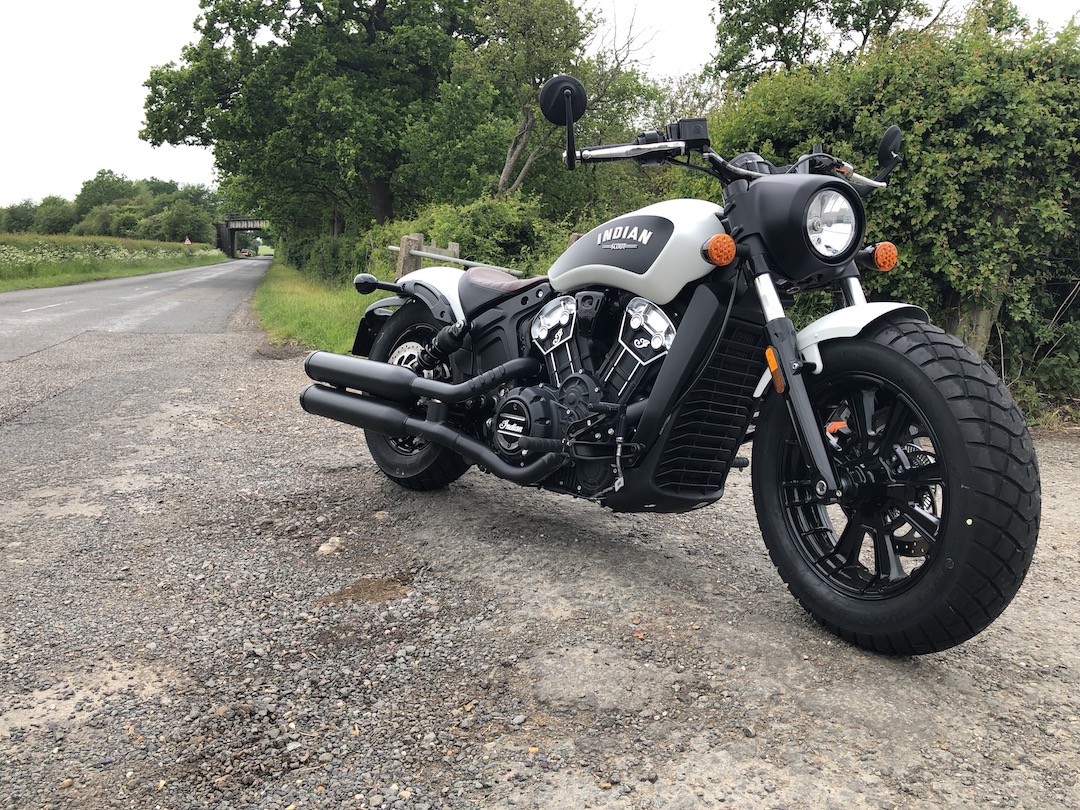
Back to the future, so to speak with many motorcycle companies now producing Bobbers as the trend to hark back to the past grows. Indian has a range of classic styled bikes and is definitely looking to the future with more options becoming available to meet the demand from customers. Sales have increased with Indian bikes being the go-to company for many biking groups.
My time on the Scout Bobber was so much fun, riding it really does give you a buzz. It is not a bike for touring, blasting along A roads or commuting, what it is, is a superb cruiser for pure enjoyment. It can get you places rapidly but you don’t really want to when riding it. You are more inclined to take things slower, soak in the surroundings as you are open to the environment. There is no fairing to protect the rider from the wind or airflow, but this is not an issue as riding pleasure overrides this.
I couldn’t stop riding it, so I took it so many places which meant all types of roads. It handles everything well and the bike is very agile on the twisty
roads I tended to frequent. The ride is a tad bumpy with very limited suspension travel but the saddle is comfy and soaks up some of the pounding from dodgy roads. This isn’t designed for long touring rides but is ideal to blast along the coast or along country lanes.
The Scout Bobber is low to the ground, easy to get your feet down when you’re stopped, so you feel very secure. This also makes for great handling as the centre of gravity is so close to the road. The bike feels light when moving at the slowest of speeds. Just a real pleasure to ride.
The controls are all smooth and accept the slightest of inputs. Twist the throttle and you move quickly, not warp speeds of a sports bike but fast enough to reach upper-speed limits rapidly. The belt drive system is great and keeps the bike gliding along. As mentioned this is a cruiser, not a blaster but it can reach high speeds with ease and stay at them.
It has a great sound from the exhausts, a sort of thump, thump, thump, giving it a classic bike feel from a very modern 1200cc engine.
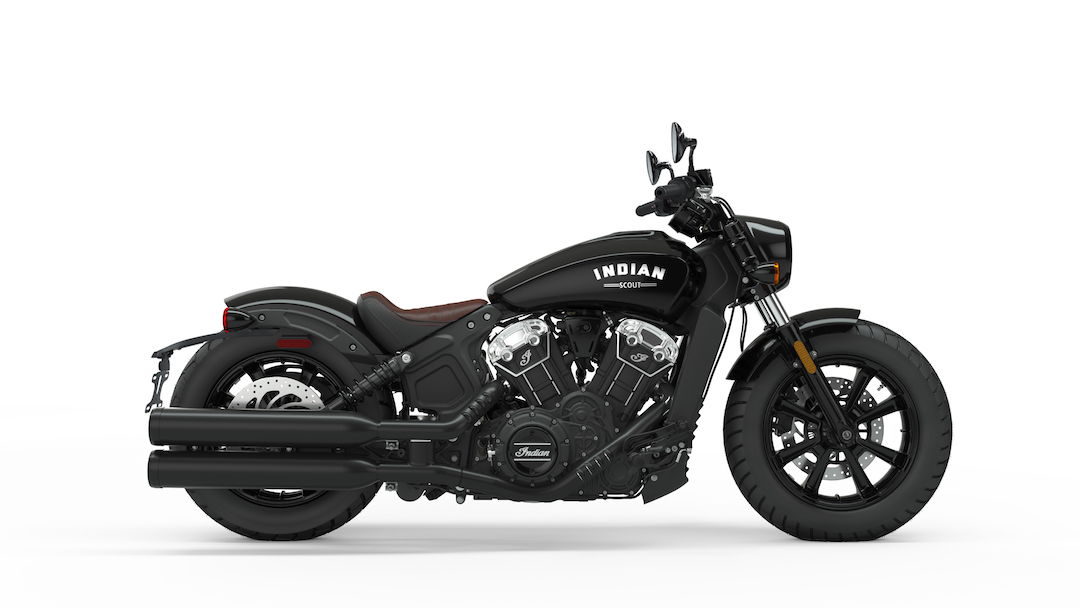
Triumph’s Bonneville Bobber at £10,660, Moto Guzzi £9002, Harley Davidson Forty-Eight £9995, and Yamaha XV950 £8399 are Indian’s main rivals in this segment. Slightly more expensive than these Brands, the Scout Bobber is built and finished better and has more power.
The Scout and Scout Bobber will receive a USB charging port located near the speedometer, a convenient and easy access feature that allows owners to charge a personal device while riding.
Riding the Scout Bobber is the purest form of motorcycling removed from the sometimes sterile riding of bikes with fairings or sports bike that have you lying down across the tank whizzing along. I had a smile on my face the whole time I rode it and it reminded me why I love biking. I urge you to have a ride and you will be hooked.
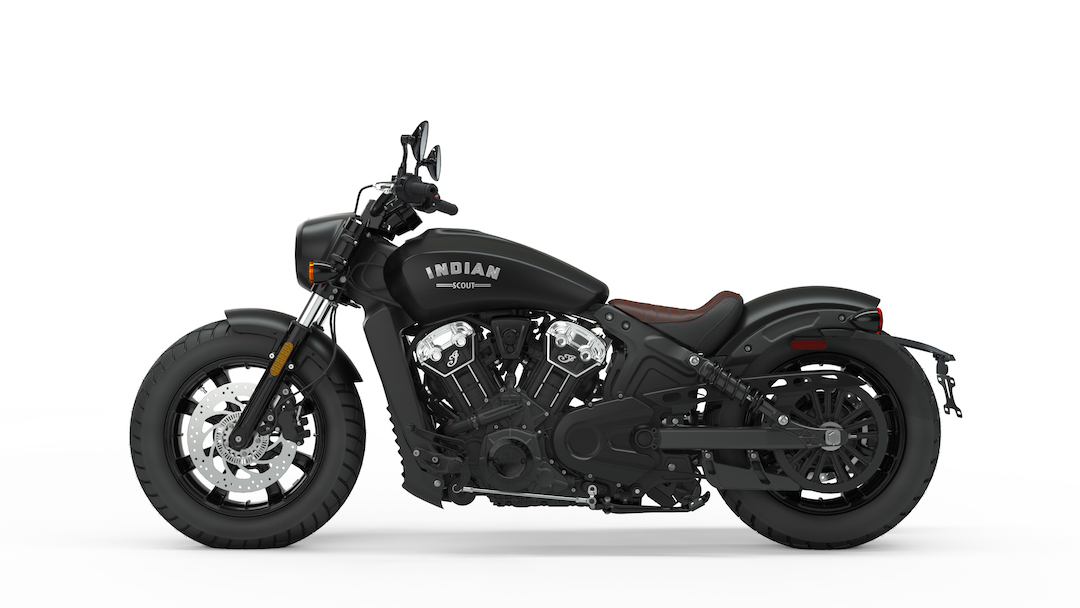
“The iconic Indian Scout family is a favourite amongst riders across the globe,” said Reid Wilson, Senior Director for Indian Motorcycle. “Since the addition of the Scout Bobber in July 2017, we’ve continued to evolve our Scout offering to meet the tastes of various riders, whether they prefer the heritage-inspired look of the Scout or the stripped-down, blacked-out attitude of Scout Bobber. The refinements we’ve made for 2019 and the new paint options accentuate the wide appeal of the Scout line.”
The Scout Bobber starts at £ 11,899 MSRP
Engine Type Liquid Cooled V-Twin Displacement 1133 cc Electronic Fuel Injection System
Peak Torque RPM 5600 rpm
Peak Torque (95/1/EC Nm) 97 Nm
Fuel Capacity 12.5 L
Weight (Empty tank / full of fuel) 245kg/255kg Belt drive, 141 tooth
Colours Thunder Black, Thunder Black Smoke, White Smoke, Bronze Smoke.
To find out more about the Scout Bobber follow the link https:// www.indianmotorcycle.co.uk/scout-bobber/
Thanks to Steve at Indian for getting me in the saddle.
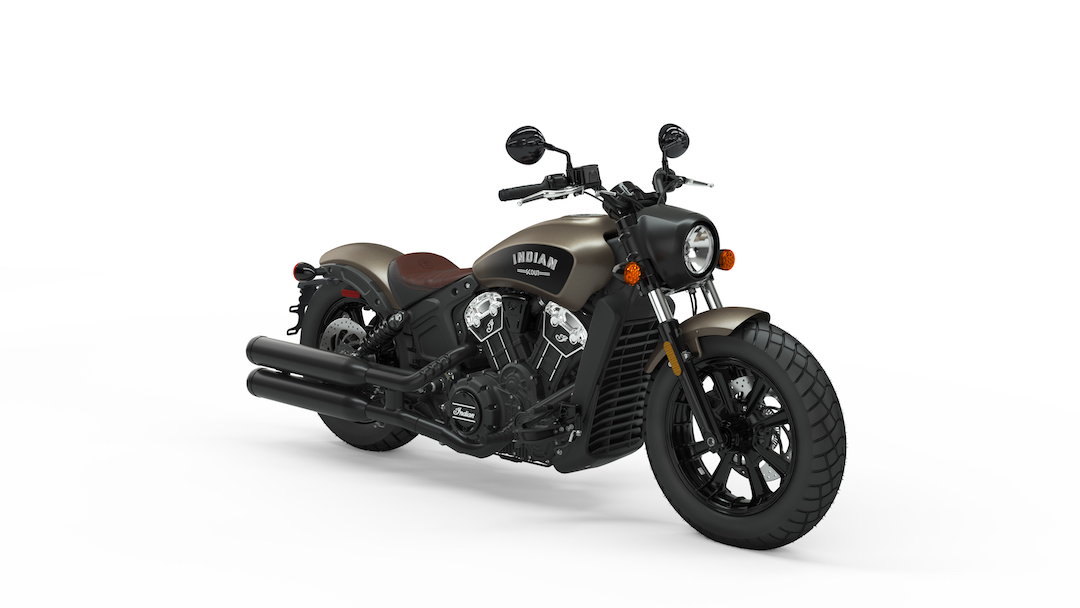
CLICK TO ENLARGE

